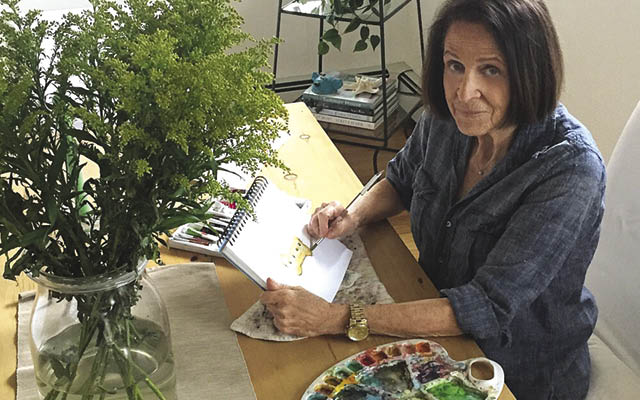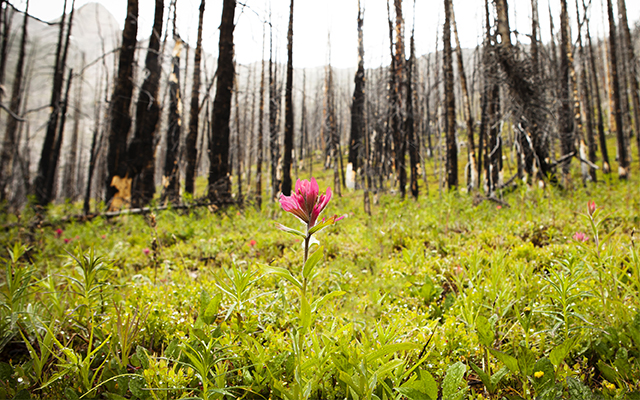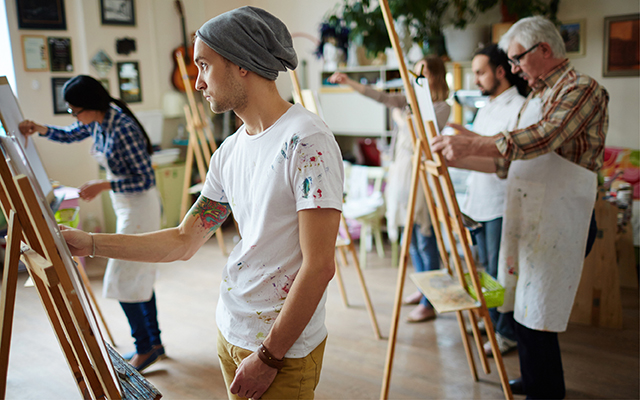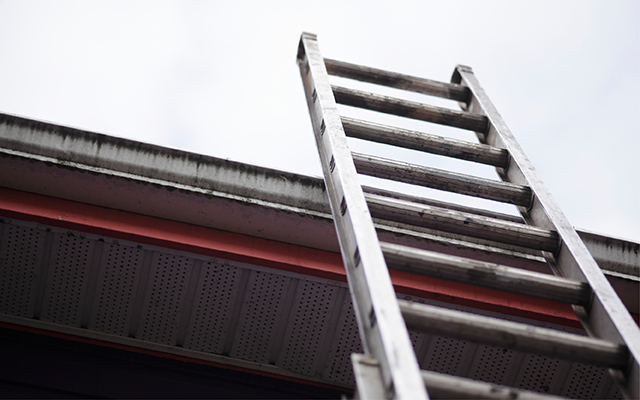“There’s no cure.”
Nothing could have prepared me for these words.
In 2014, Arty, my 84-year-old husband of 40 years, was diagnosed with amyloidosis — a rare blood condition in which abnormal protein accumulates on major organs, ultimately compromising them. We were advised that chemotherapy could help to control the disease’s pace. Such hope sustained me as I, just 10 years his junior, braced for this unexpected chapter of our lives.
Until this point, we’d lived a comfortable, retired lifestyle in Atlantic Beach, N.Y. But, seemingly overnight, our golden years weren’t as bright. Arty’s body was weakening, he faced increasingly frequent blood transfusions, and he was at risk of falling. Days were fraught with emergency-room visits and hospital stays.
Fortunately, our two daughters rose up to advocate for their father and kindle his fighting spirit. Erika and Dina are both mothers themselves with six young kids between them, but they made the time to help us juggle our new schedule and accompany us to Arty’s appointments.
As his illness consumed more of my time and energy, feeling drained became my new norm. I wasn’t tending to my own self-care needs; I’d often skip meals, and even leaving the house for 10 minutes to get some air left me racked with guilt.
Concerned, my girls grew adamant that I maintain proper nutrition and laugh as often as possible. And they suggested that I begin painting again.
Creating a Legacy
An artist by nature, I’d picked up my parents’ talents as a young child. My father drew pencil portraits, and my mother taught classical piano. I’d attended Parsons School of Design in Subconsciously, I think I’d been waiting for permission to focus on myself. New York City for painting and drawing classes, but eventually began a career in advertising with encouragement from a friend in the business.
Once Arty and I had started a family, I stayed home with the girls full-time, but I continued to express myself creatively for pleasure. I decorated in colorful, retro style, graced our rooms with the sounds of Mozart and Bach, and schooled Erika and Dina on our baby grand. I painted large-scale murals on our exterior garage wall and even created a few for friends.
In my later years, my artful side took the form of baking for the grandkids — but these efforts slowed to a halt as Arty’s health issues took priority.
When my daughters recommended that I carve out time to be creative, I welcomed the idea. It seemed like a good way to escape while remaining at home in case Arty needed me. I think I’d been subconsciously waiting for permission to focus on myself.
I found the perfect perch in our dining room, at an oversize oak table facing doors that opened to our backyard deck. It was early spring, and the view provided abundant light and inspiration. Hydrangea and privet bushes were sprouting leaves, creating a naturally vibrant backdrop against which cream peonies and reddish-pink roses would soon blossom. These were the initial subjects I captured, using a water-based gouache-paint technique. Although it had been a while since I’d put paintbrush to paper, I was pleased to start working again.
The experience was a therapeutic form of mindfulness. As I painted floral bouquets, a joyfulness came over me, while coastal-themed designs promoted a calm within. With each brushstroke, my entire being centered and slowed, right down to my breath. I was able to block out to-do lists, ease worry, and focus on the blank canvas.
During these almost daily painting sessions, I was in control of what showed up on paper — and consequently, I was in control of my mood. It was an empowering realization. Though Arty’s health grew more unpredictable, I could rely on my creativity to counter the anxiety of disappointing test results, the need to hire home-health aides, and ultimately the decision to begin hospice care at home. I was able to flow through these experiences with more presence of mind and acceptance of what was.
My husband passed away in 2017. It was a monumental loss for our family, because Arty was larger than life both in personality and heart. Afterward, I put away my palette and brushes to tend to legal and home affairs, and I slowly began adjusting to life without him.
The Gift of Creativity
Within months, my girls encouraged me to get back to painting. Impressed by my artwork and ability to create beauty during a dispiriting time, they thought I should share my gifts with others. Together, we launched DrawingBoardShop on Etsy, where we sell my hand-painted note cards and prints.
To promote our business, we’re active on Instagram and other social-media platforms, which has been unexpectedly rewarding. The positive feedback from our followers has helped me to evolve past grief. My work is resonating with people — and that has given me new purpose and gratification.
Teaming up with my girls has brought us even closer, since we rely on one another more and share the excitement over small and large business gains. Our venture enables us to move forward as a family, with strength, hope, and gratitude.
With my spare time, I wanted to give back to the healthcare system and to its workers who cared for Arty. So I started volunteering at the local hospital, where he’d spent considerable time. To pass on the gift of creativity as a mindfulness tool, I started offering basic still-life lessons in the lounge area, and many of the patients have found they enjoy painting and drawing. Their works of art seem to bring peace to otherwise bleak days, so I feel it’s time well spent.
Looking ahead, I feel blessed to be contributing to a small business and look forward to expanding our offerings and sales. Beyond the bottom line, the products we’re creating are a legacy of love, family, and the power of creativity. While I miss my husband dearly, I’m proud to have worked through the hardship of my loss in a way that has been personally healing and helpful to others.
Wendy’s Top 3 Success Strategies
1. Cultivate mindfulness, whatever that means for you. Wendy suggests drawing while listening to music, creating a collage, or even finger painting to focus your awareness.
2. Dig deep to find inspiration. Encouragement from her daughters and faith in herself helped Wendy start painting again. “Nature, fond memories, relationships, and art are all sources you use to spark creativity,” she says.
3. Give of yourself. The ability to be creative was a significant comfort for Wendy after the loss of her husband. “Creativity is a gift,” she says. “Use it to express and heal yourself, and share it with others.”
This originally appeared as “The Artist’s Way Through” in the September 2019 print issue of Experience Life.




This Post Has 0 Comments